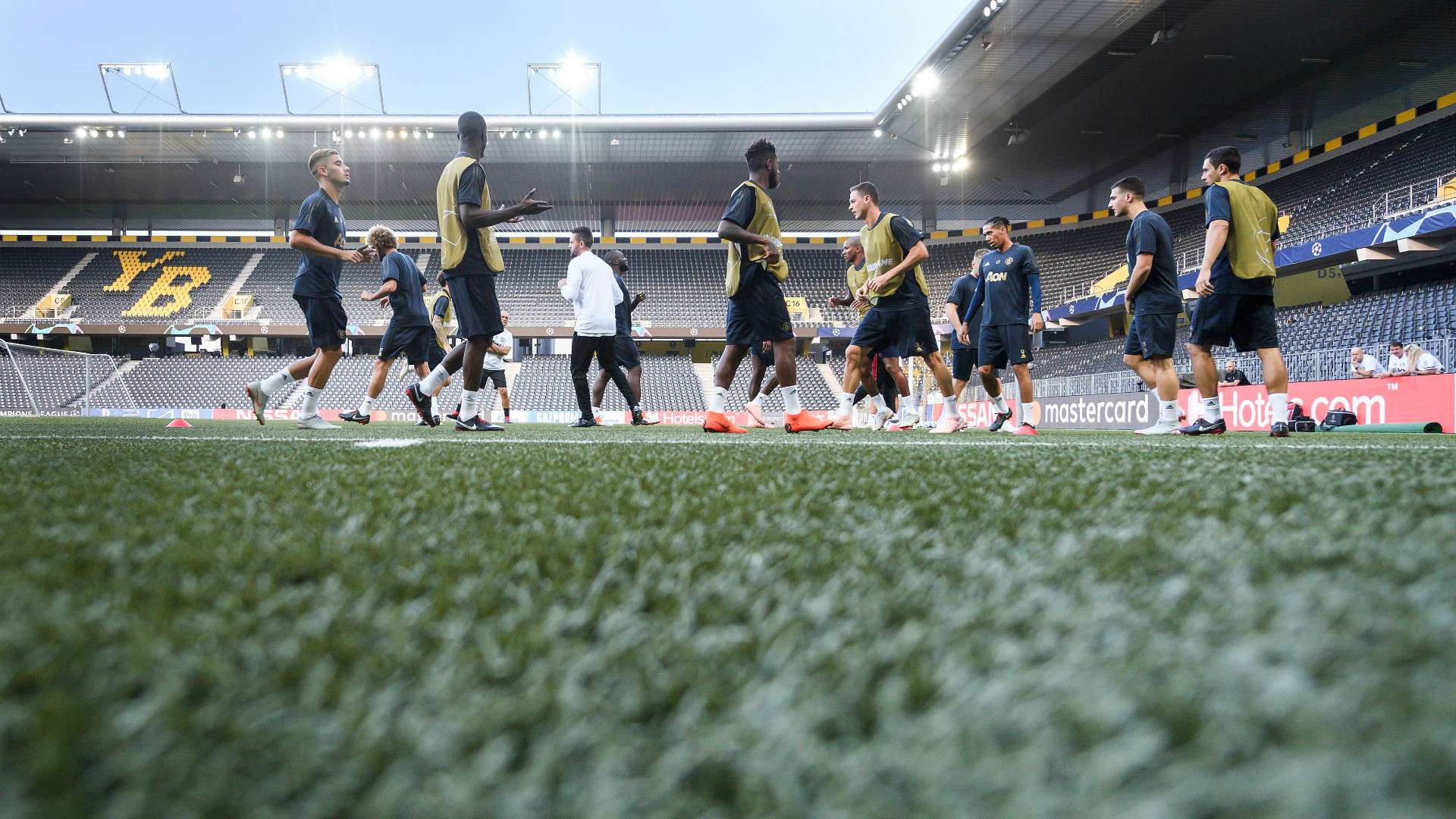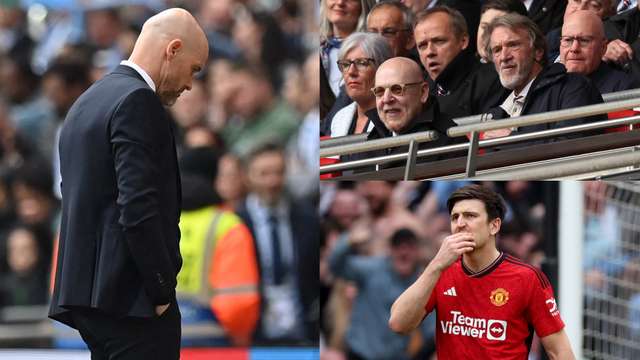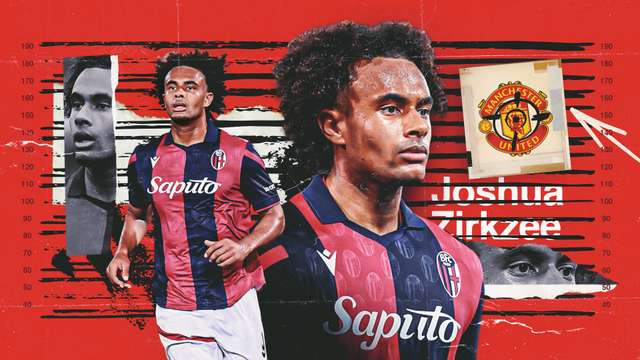Artificial football pitches are now a common sight around the world.
Used in schools, leisure centres and even at a senior level of the game in some countries, they are considered to be better wearing, easier to maintain and superior at generating profit than traditional grass parks.
However, some traditionalists have railed against the creeping inclusion of such surfaces at the highest level, in particular citing higher levels of injury as an issue.
Earlier this season, Manchester United voiced concerns about having to play a Champions League match on Young Boys’ plastic pitch at the Stade de Suisse, while the Scottish Professional Football League (SPFL) has been faced with a lobby from the players’ union (PFA Scotland) calling for such parks to be banned in the top flight.
Speaking in February, Rangers manager Steven Gerrard, who saw midfielder Jamie Murphy seriously injured on Kilmarnock’s Rugby Park surface earlier this season, told the media: “I agree with the majority of the players in terms of trying to get them out of the game at the elite level.
“I’ve given my opinion on this before. I don’t like plastic pitches, I didn’t like playing on them. I think they’re dangerous. I respect the teams that have put them in place for financial reasons – but for me having been a player and now being a coach, I believe the game would be in a better place if there were no plastic pitches.
“The people who don’t agree with taking them out of the game need to think about the players, their health and safety. My opinion is that players are a lot safer on grass.”
Gerrard, meanwhile, is not the only manager to treat such surfaces with caution. When United travelled to Bern for their aforementioned European match, they did so without Antonio Valencia as erstwhile manager Jose Mourinho feared it might exacerbate an existing injury.
 Getty
Getty
“His knee is not a knee that needs an artificial pitch at all,” the Portuguese said on the eve of the fixture.
Meanwhile, former Tottenham boss Harry Redknapp said that his players were “not happy” with the surface after they played a 2010 match at the same venue, while ex-Everton manager Roberto Martinez claimed his players would require extra recovery time after winning a Europa League knockout tie there 4-1 in February 2015.
But what is the evidence to back up such claims?
Are there more injuries on artificial pitches than on grass?
Experts are split as to whether there are more injuries caused by artificial turf than traditional grass pitches.
Research has proven that as friction increases, there is an increased rate of injury for the lower extremities i.e. legs, ankles and feet. A school of thought believes that as artificial surfaces have more traction than grass, that should naturally lead to more injuries.
The results, however, are inconclusive.
In 2013, a study examined amateur footballers in Portugal and showed that they had a greater rate of such injury problems on artificial surfaces during matches.
That same year, though, a study took place in the USA looking at female collegiate footballers, who actually showed a lower total injury incidence rate and a lower rate of major injury on artificial turf.
 Getty
Getty
At the elite level, the British Journal of Sports Medicine published a study of 202 players from the Swedish Premier League back in 2003-04 that showed there was no statistically significant difference between injuries sustained on the surfaces either during training. Additionally, there was no increase in the severity of the injuries.
While that study did find that there was an increase in ankle sprains, conversely it suggested there was actually a lower injury rate during match play.
In 2017, the Orthopaedic Journal of Sports Medicine published a study examining injuries sustained on artificial fields that had not been properly looked after, with decreases in rubber crumb and silica sand infill.
This studied 397 male footballers at a university over a 12-year period, during which they played four years (2003-06) on a traditional pitch and the subsequent eight years on an artificial one.
Interestingly, in the first two years of the new pitch, there was a decrease in ankle sprains, which subsequently increased until additional rubber crumb was inserted in 2014.
Meanwhile, there was a statistically significant increase in upper extremity trauma after the move to the plastic surface.
How can you reduce injury risk on an artificial pitch?
 Getty Images
Getty Images
While there is no magic formula for preventing injuries, experts suggest that the key is in using the correct footwear for the surface.
After a study on American footballers in 2012, it was suggested that players can get too good a grip on the surface.
"What the problem is, we think, is the shoe-surface interface," Dr. James Bradley, the chief orthopaedic surgeon for the Pittsburgh Steelers NFL franchise told Reuters Health. “You can change the moulding patterns on the shoe to decrease friction.”
Dr. Jason Dragoo, who led the study which showed an increased incidence of knee injuries in the sport, added: “If you are in the wrong position, because your leg doesn't give way as it does on grass, it can distribute that force to your knee and cause an injury.
“The way that you move and the way that you pivot and change direction will determine your risk of having an ACL tear. So even if we do have increased risk on the turf with the shoes, we can modify that by making sure that the athletes are moving right.”
Decreased traction, however, may cause a decrease in performance as there is more chance of the player slipping.
Nevertheless, it could be a price worth paying to reduce injury risk.









